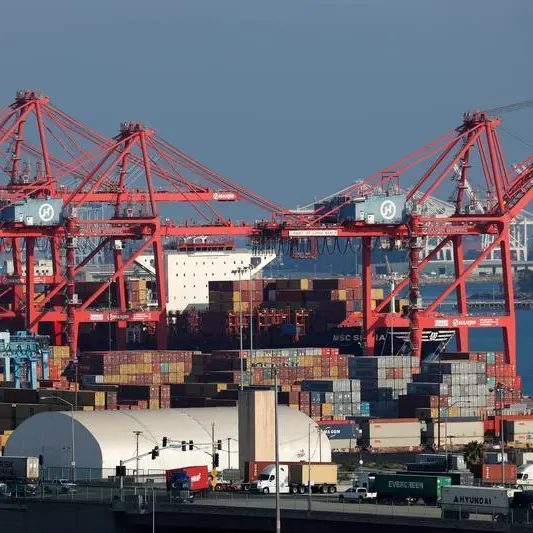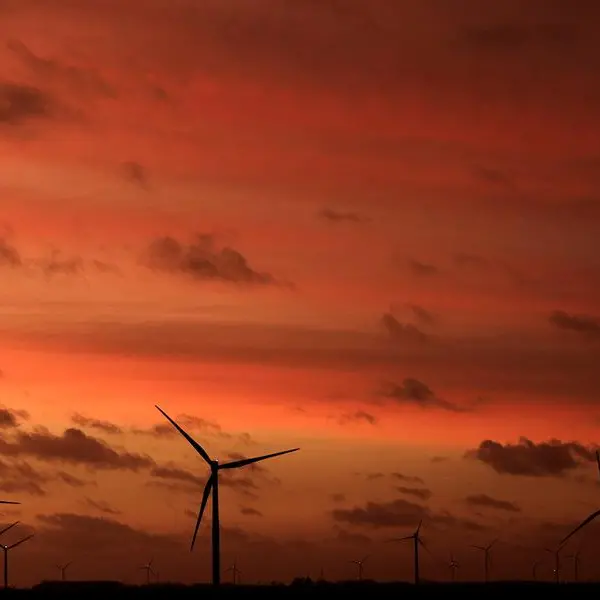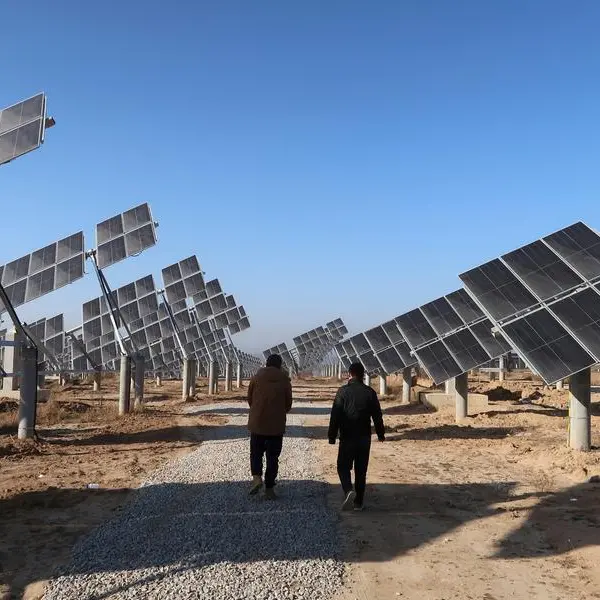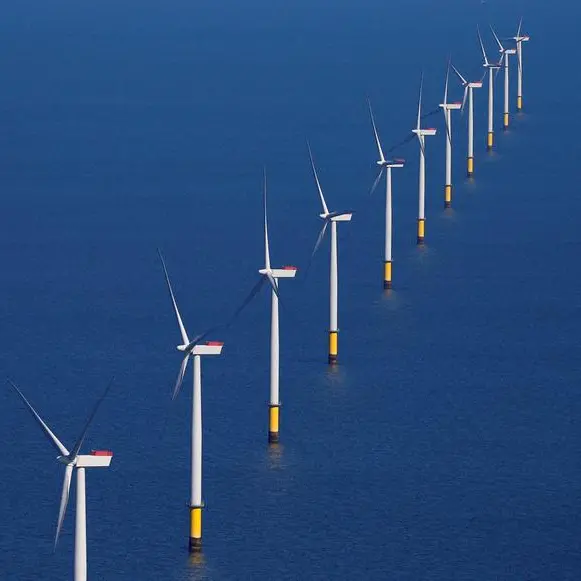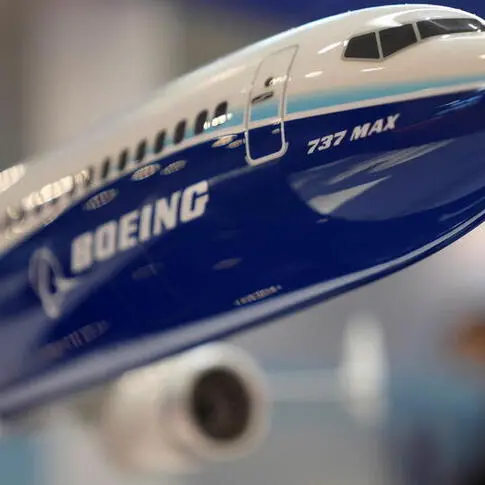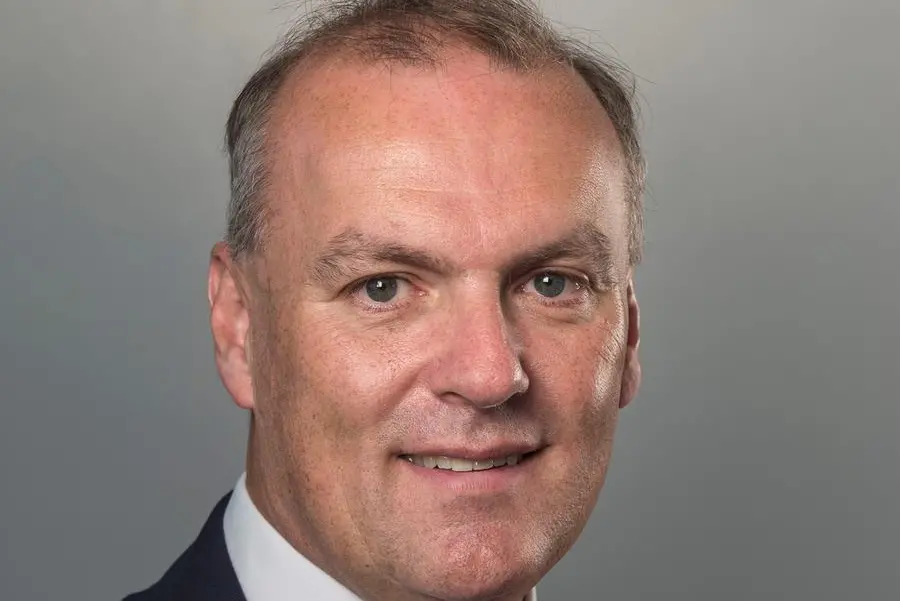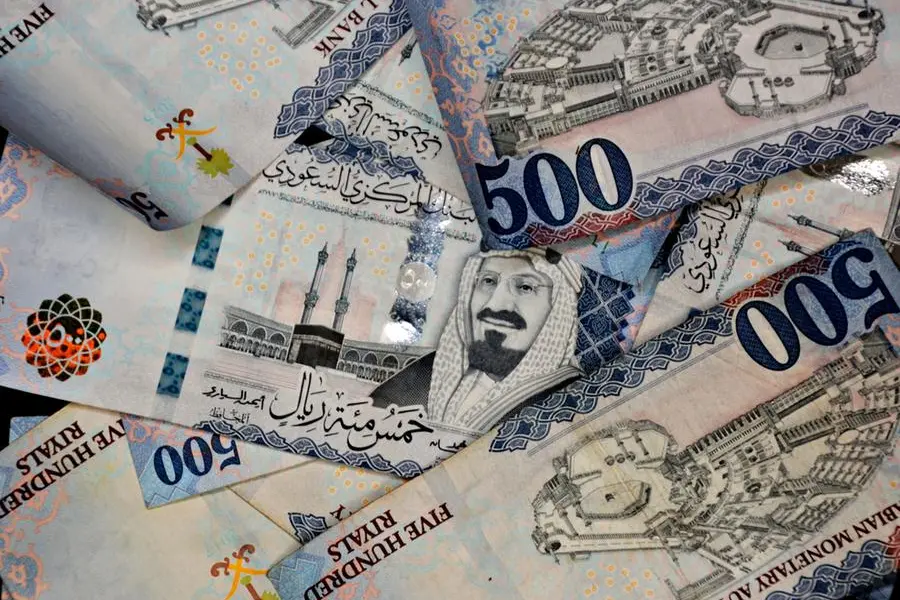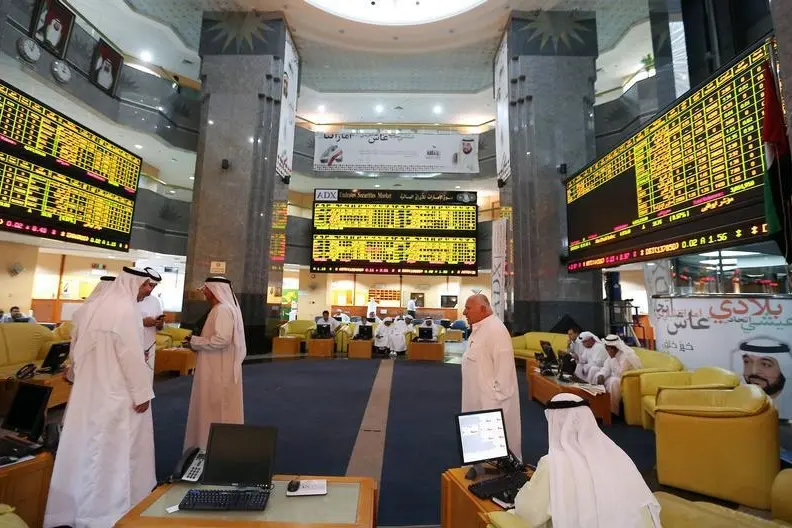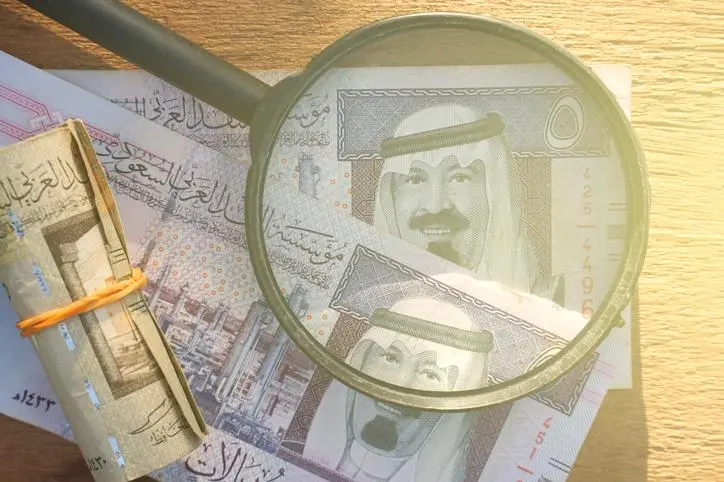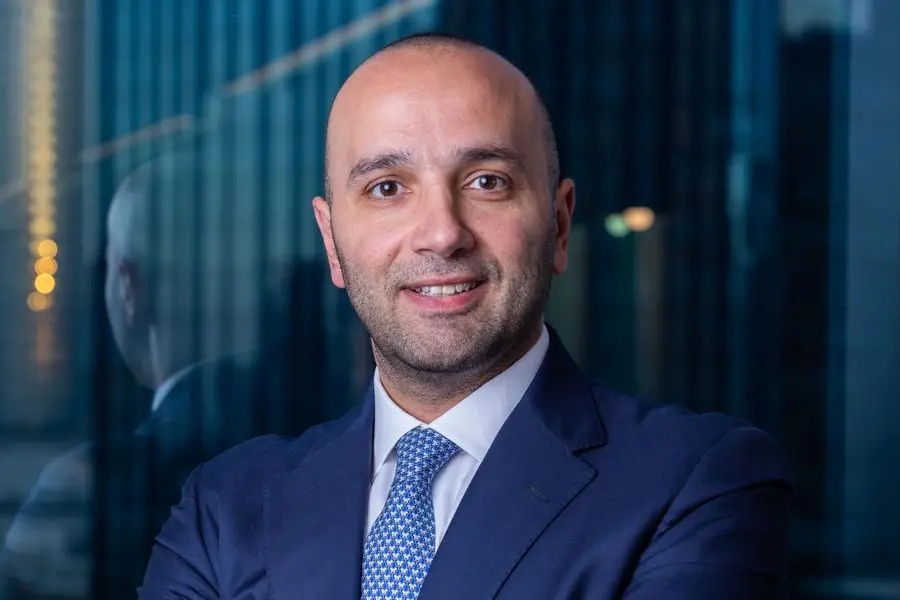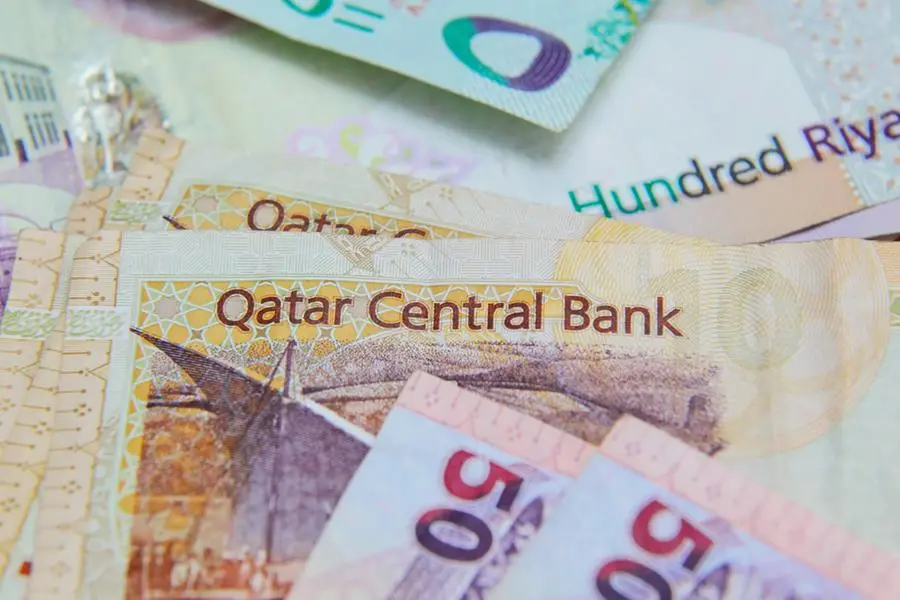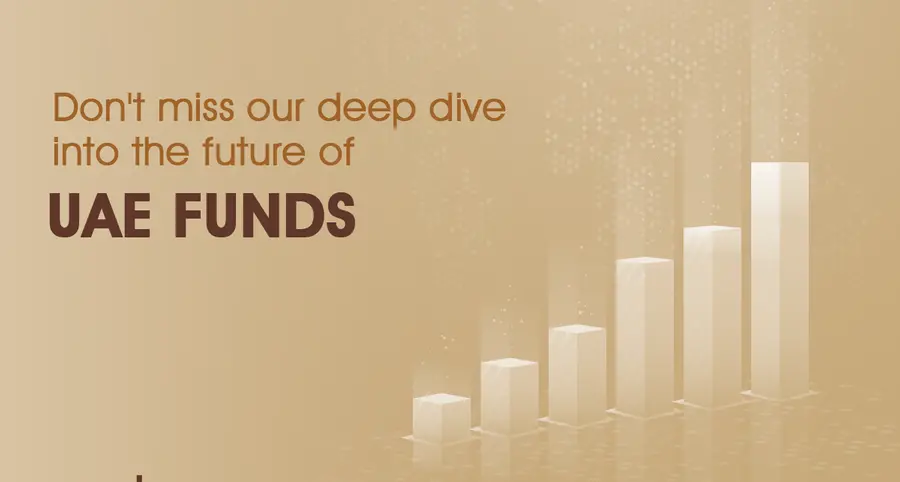PHOTO
“Perhaps more than ever,” wrote Matt Turck in his Data & AI Landscape report in 2019, around the time that the Cambridge Analytica case broke, “privacy issues jumped to the forefront of public debate (and) the fact that many of those issues were related to Facebook, a service known to billions, probably played an important role in sensitizing a much broader group of people around the world to the severity of the issues.”
As has become quite apparent in the last decade, Web 2.0 always had its faults and foundational issues that were going to show at some point or another.
The concentration of data in the hands of tech behemoths that had money and connections didn’t take long to start showing its dark side and its very real downfalls. This was evidenced by the Cambridge Analytica case, but also by the more recent 2,000 data breaches reported for the first half of 2022, concerning huge companies like Samsung, DoorDash, LastPass, Twitter, Uber, Neopets, Marriott, Cash App, and even Morgan Stanley and Credit Suisse.
Web 3.0 evangelists believe that now is the time to bring the power of data back where it belongs, with end users, so that a decentralized system can emerge and in turn eliminate the need for middle-men like Google, Facebook, Apple, and any other companies attempting to censor and govern the internet.
Look at it like this: decentralization was always going to be what was needed, blockchain technology is going to be the means, and Web 3.0 is the overall aim.
In terms of security, new technology will bring together all the concentrated data with the help of the internet of things, and convert it into information that simply cannot be hacked or duplicated. Businesses will become more transparent and highly user-centric, as new parameters of safety and regulations allow tech firms and startups to be able to compete on a global scale.
Blockchain, as such, works within a borderless approach: it knows no divisions and no nationalities, which will allow society to flourish into a truly global community.
For countries in the Middle East and North Africa region, in particular, the ability for blockchain to be adopted at a national level is a huge opportunity to step into the spotlight as rightful pioneers in the Web 3.0 space.
Compared to their United States and European counterparts, legal frameworks in the MENA region are better organized, easier and quicker to understand, and not as overly regulated.
Starting with Dubai, for example, it’s easy to see that the city is on a mission to become a global hub for Web 3.0 and expand towards new and innovative economic models.
In an effort to accelerate the city’s digital transformation even further, the Dubai Chamber of Digital Economy announced that “the formation of the Dubai Digital Assets Business Group will support the digital asset companies ecosystem in the UAE and the Middle East region, and nurture the digital innovative business infrastructure.”
And the institution of Microsoft-powered Dubai Metaverse Strategy, a metaverse accelerating program currently gaining quick speed, is aimed at “putting the city in the top ten metaverse economies of the world, supporting more than 40,000 virtual jobs by 2030, and adding USD4 billion to Dubai’s economy in five years.”
And while more and more global eyes land on cryptocurrencies and NFTs, as they continue on their meteoric rise in mainstream popularity that started only a few years ago, nowhere is more poised to dominate than the Middle East and North Africa.
Early adopters recognize that the technology behind digital currencies has “the ability to improve fundamental aspects of their society in the long term, by solving infrastructure problems” plaguing the region.
They are optimistic about the future, and eager to expand on these opportunities in their home countries. Some even go as far as linking the rise of Web 3.0 solutions in the area to the 2011 Arab revolutions, “when use of social media,” then a nascent Web 2.0 service, “throughout protests in Egypt and Tunisia awoke a hunger in youth across the region to demand change.”
More needs to be done within the MENA region to offer an attractive ecosystem for Web 3.0 ventures and new business models, but progress is being made at breakneck speed to pave the way for widespread adoption of these technologies and solutions.
Fostering a strong community, continuing to build on open regulations, and creating business opportunities for ambitious projects in the decentralized finance space will all contribute to making the region the “eye of the tiger” of the new economy. The world will be watching.




